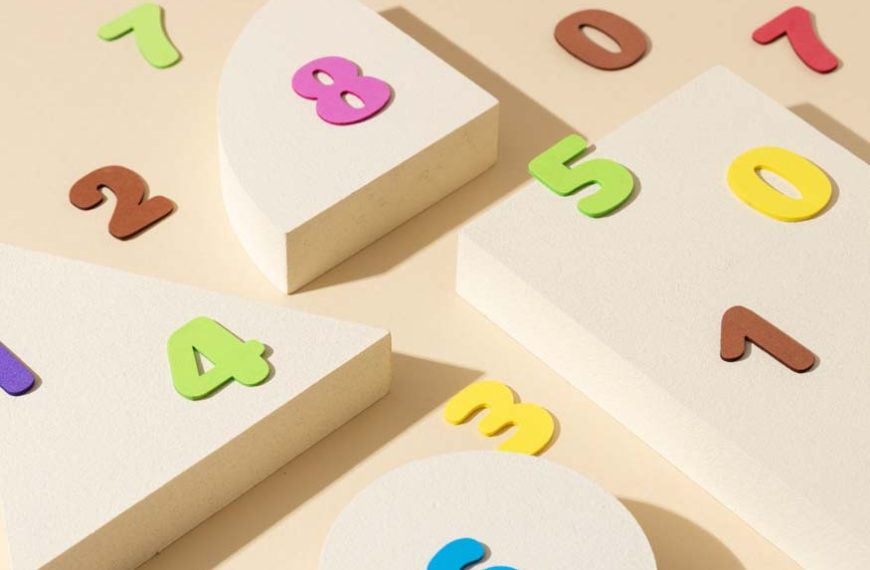Remember the movie ‘Up’?
The endearing tale of the affable old man whose house literally ‘rises up’, is one for the ages.
You could also say that the house was ‘Ascending’!
Yes, the literal meaning of the term ‘Ascending’, is ‘Going Up’. Another way of describing it is by using the phrase ‘Smallest to Largest.’ Subsequently, the term ‘Descending’ would imply ‘Largest to Smallest.’
In this article, we will attempt to explain What is Ascending Order, along with an Ascending Order Example and even, the Sign of Ascending Order. We will even understand how we create a List in Ascending Order.
But first, a brief look at what Ascending Order really means.
Ascending Order: A brief look
What is Ascending Order?
In a nutshell, the term ‘Ascending Order’ implies a method of arranging a given set of numbers, from the Smallest to the Largest value. The order typically goes from Left to Right, and is also known as the Increasing Order.
An example of a set of numbers in Ascending Order: 2 < 4 <6 <8 <10 <12.
Of course, that Symbol between the numbers, is one we only know only too well. None other than, the ‘Less Than’ symbol, that is used to depict the numbers in increasing order.
Conversely, the numbers in this list are arranged in the order of decreasing values, to show the descending order.
Interesting Fact: The term Ascending Order is not merely applicable to the field of Mathematics. In the English language, the alphabets can be said to be in ascending order, from A to Z.
Example of Ascending Order
It’s far too easy to explain Ascending Order using Simple Numbers. When Fractions are involved, however, things get far more interesting.
Consider the following example:
Problem: Arrange the following fractions in Ascending Order: 3/8, 4/8, 1/8, 2/8, 9/8
Solution: In the problem given above, the fractions are ‘like’ fractions. What this means is, they have the same Denominators. Hence, all we have to do here is to arrange the numerators in Ascending Order, and Voila! We get an arrangement of the given fractions, in Ascending Order.
So, the solution would be: 1/8 <2/8 <3/8 <4/8 <9/8
List in Ascending Order: Positive Integers and Negative Integers
Up until now, we have touched upon the basics of creating a list in Ascending Order, along with the Sign Of Ascending Order that we have used since our childhood days.
In this section, we will see how we can arrange both Positive, as well as Negative, integers in Ascending Order.
Arranging Positive Integers in their Ascending Order
When looking at arranging Positive Integers in an Ascending Order, what is needed is the employment of Place Values, in order to Compare the numbers.
- The smallest number is the one with least digits.
- The largest number has the most digits.
- When the number of digits is the same, what we do is compare the digits at the ‘highest place value’ (here, the digits that are ‘leftmost’).
- All the numbers in the list must be compared in the manner enlisted in the points above, and then arranged from smallest to largest.
Example: 13423, 75, 6534, 300, 768
- In the above example, the number 75 has the least number of digits. Hence, it is the smallest number.
- The number 13423 is the biggest number, having the most number of digits.
- 300 and 768 have the same number of digits. However, when we compare their leftmost digits, we get: 3 < 6. Hence, 300 < 768.
- 6534 has more digits than the number 768. Hence, 768 < 6534.
- So, arranging these positive integers in ascending order, what we get is the following: 75 < 300 < 768 < 6534 < 13423.
Arranging Negative Integers in their Ascending Order
Things get a tad tricky, when it comes to arranging Negative Integers in Ascending Order.
Here, you will find that the numbers decrease in value, as we go from left to right on a number line.
To gain a clearer understanding, we must pay cognisance to the following rules:
- Ifa > b, then( – a) < ( – b)
- Ifa < b, then( – a) > ( – b)
For instance, take the two numbers, 11 and 7.
Now, we know that 11 > 7.
Therefore, – 11 < – 7.
Decimals in Ascending Order
When creating a list of numbers with Decimals in Ascending Order, you need to bear in mind the following.
- Firstly, check which decimal has the least Whole Number Part. Then, all you have to do is arrange the decimals in the increasing order of their whole number parts.
- What happens when the Whole Number Part is the same for 2 or more decimals? In that instance, the decimals need to be arranged in accordance with the decimal part that lies after the decimal point. In Ascending order, of course!
For example: 2.3 < 3.4 < 4.5 < 4.6 < 4.9 < 5.6.
Arranging Alphabets in Ascending Order
As we touched upon earlier, Alphabets, like Numbers, can be arranged in Ascending Order.
For example, in the case of small alphabets: a < b < c < d < e < f < g < h < i < j < k < l < m < n < o < p < q < r < s < t < u < v < w < x < y < z.
Teaching Kids Ascending Order: Using the Number Line
Remember that Number Line from your school days? Introduced in Primary Class, it is a wonderful way to teach children how numbers are arranged in the Ascending Order.
The way it accomplishes this, is by stating that the numbers that are on the Left Side of 0, are smaller than those on its Right.
At EuroKids we believe that teaching Kids Basic Number Concepts like Ascending Order, helps build their foundation for later Math Skills. Arranging Numbers is a fun exercise, and a great way to keep young minds mentally stimulated.















